Yoga
Yoga is often used as a form of therapy or a coping strategy for people in recovery from a substance use disorder. Going through yoga routines can provide a gentle stretch or a rigorous workout, depending on the type of yoga. However, not all the benefits of yoga come from physical poses or increased flexibility. Yoga requires patience and teaches people to stay calm even when frustrated. Yoga also requires mental discipline and the willingness to keep trying a pose or movement even when it seems too hard. All of these skills can help a person in recovery manage their stress and cravings.

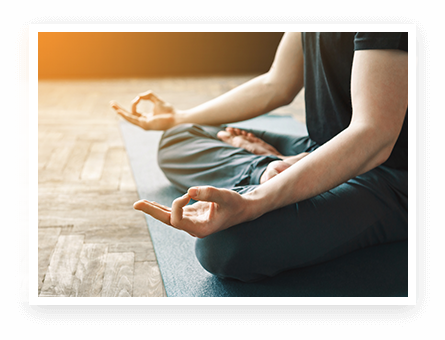
What Is Yoga?
Most people today associate yoga with thin people contorting their bodies into yoga poses. However, yoga is an ancient practice that is at least 5,000 years old. The physical poses only played a small role in a discipline that focused on mind-body connections, breathing exercises, and meditation.
Today, people can choose from many different styles of yoga to find one that suits them. Participants can try many types of yoga, including the following:
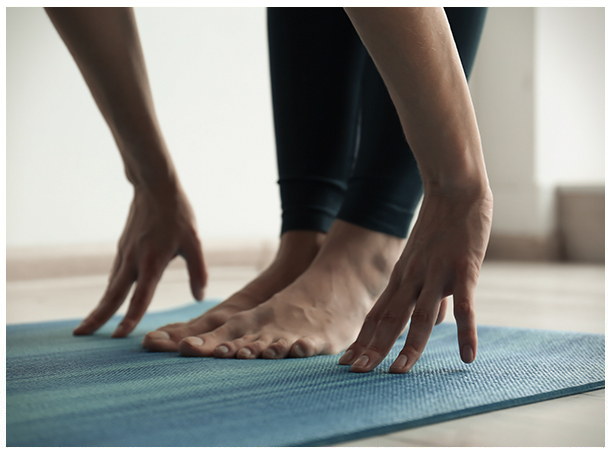
Ashtanga Yoga
In this form of yoga, practitioners repeat the same series of poses, becoming increasingly complicated as people gain more skills. All ashtanga classes will be the same, and some people enjoy the routine while others may find it boring. Ashtanga presents a physical challenge that grows as the person adds new poses.
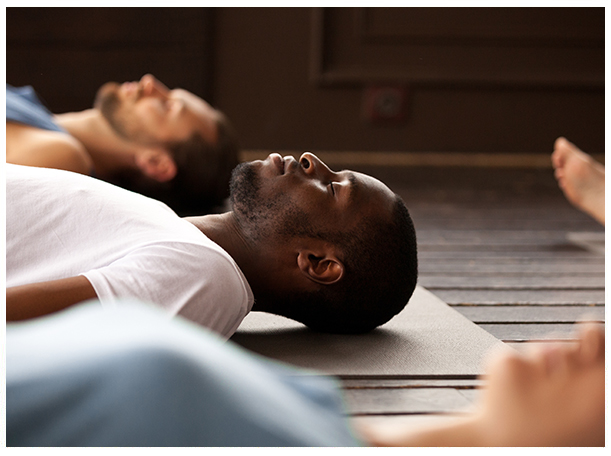
Vinyasa Yoga
Also called “flow yoga,” vinyasa classes allow practitioners to focus on a different pose or series of poses in any practice. The flow in vinyasa means flowing with the breath as people move between poses in harmony with their breathing. This type of yoga can be meditative and physically tiring at the same time.
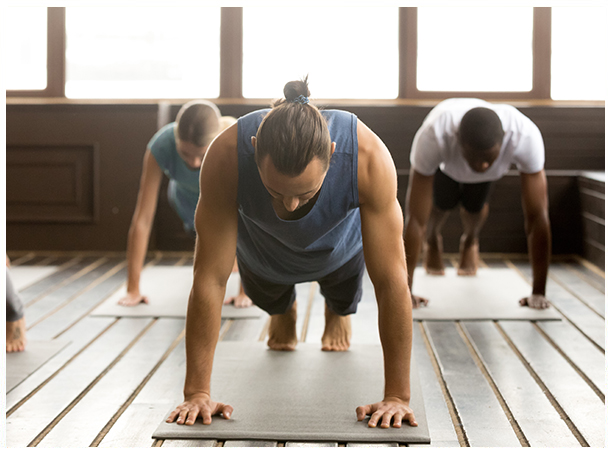
Power Yoga
This modern method combines yoga and an intense workout to produce a physically challenging exercise. It blends yoga moves with cardio or strength training methods. While the physical activity still helps people feel better, they may not get the mental benefits of yoga from this style since it rarely includes the focus on the breath or on holding poses.
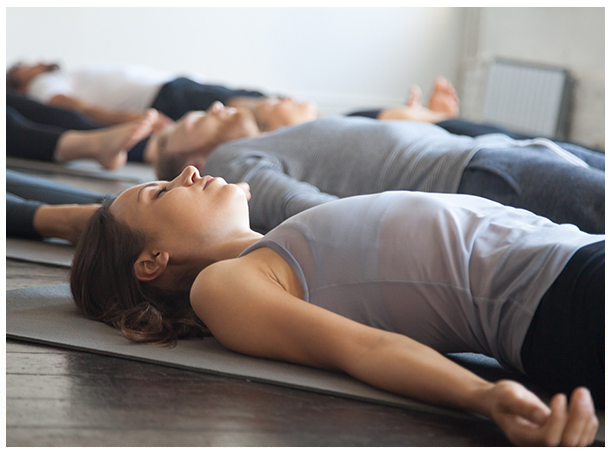
Restorative Yoga
This soothing yoga practice involves poses of deep relaxation. Participants use pillows or bolsters to support themselves in deep stretching and relaxing. They may stay in poses for 15 minutes or more. Some people may become impatient with resting in the same pose for a long time and may want a style with more activity.
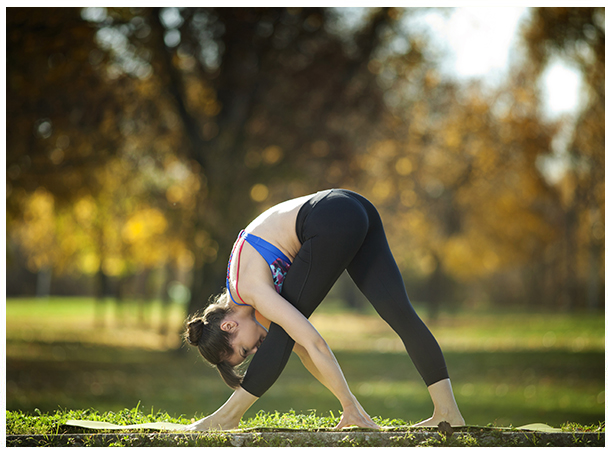
Bikram Yoga
Also called “hot yoga,” this style takes place in very hot, humid rooms. Traditional Bikram yoga consists of the same series of poses for each class. Practitioners consider the heat an extra challenge and believe the sweat purges toxins from the body. No definitive benefits have been proven for this type of yoga, but it remains popular.
Yoga instructors have modified these and many other classes, so people should feel free to explore as many as they can. Practitioners can also mix and match with strenuous Ashtanga one day and a restorative practice the next. More athletic types of yoga will produce more physical results, but other types may produce more calming or focusing results.

CHANGE YOUR
Therapeutic Services
How Do We Teach Yoga?
Many people teach themselves yoga from books or free videos online. However, learning yoga from an instructor means having someone to correct mistakes and help clients get into poses the right way. Doing a pose wrong can cause stress on muscles and joints, so the occasional class benefits even experienced practitioners.
A yoga instructor will model the poses for their students. Some instructors will teach modifications to make poses more accessible or more challenging so all students can achieve them. They will also verbally guide students through a series of poses and remind students about staying focused on the breath. This focus on the breath can make yoga feel almost like meditation, but with physical motions.
Yoga and Addiction
Yoga focuses on physical, mental, and emotional well-being. People with a substance use disorder have often lost significant parts of their lives in these areas. Yoga will not heal these problems by itself, but it has been shown to produce improvements in short-term relapse rates as a complementary therapy. People dealing with substance use disorders can benefit from participating in yoga in a therapeutic treatment setting.

Yoga in Residential Treatment
While yoga may not require expensive supplies, it does require space to practice and ideally a quiet setting. In residential treatment at Everlast Recovery Centers, yoga classes will occur in a large room or outdoors. In addition to a yoga mat provided by Everlast, the instructor may provide other tools, like blocks or straps, but clients can participate in yoga without these items.
All forms of exercise, including yoga, have significant mental and physical benefits during the early recovery process. Yoga will not cure a client’s problems, but yoga’s physical activity and mental discipline can reinforce other things clients have learned in therapy.
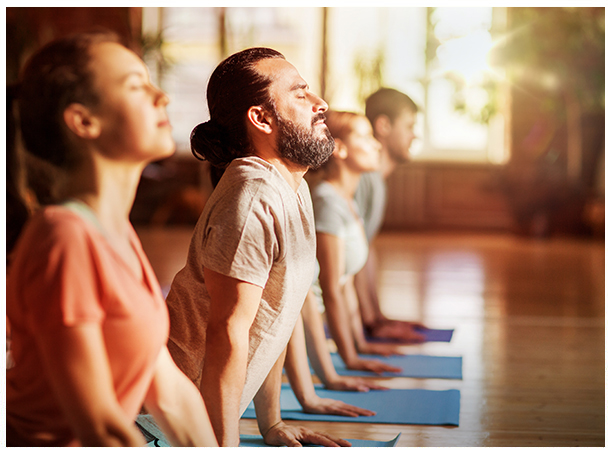
As one of the few activities that can count as both physical exercise and meditation, yoga plays a crucial role in helping people succeed in recovery. Yoga has been demonstrated to be a practical complementary treatment when used with other therapeutic modalities to treat substance abuse. At Everlast, we offer yoga classes along with traditional therapy modalities to help our clients develop tools that will help them reach lasting sobriety.
